
maxpower
-
Posts
1,341 -
Joined
-
Last visited
Content Type
Profiles
Forums
Downloads
Posts posted by maxpower
-
-
2 hours ago, Susco said:
The solar light was still on when the battery had only 2.3V, but very dimmed, I switched it off
Common over discharge protection voltage for 18650 cells is 2.4V-2.6V.
This is the death safety voltage that should only be reached if other control fails or a device is left without charge for long periods.
If a solar light is constantly falling to the safety discharge voltage is is either badly designed or faulty.Your circuit has a protection chip as shown below. Its likely got a very low cut off voltage and the light has no control over discharge in its operation software. Running to the death is a common feature of these budget lights especially if they don't keep some battery capacity for rainy days.

-
 1
1
-
-
2 hours ago, Moonlover said:
There is no population growth in Thailand. In fact it's declining. And before you say it, it's not all down to traffic accidents!
Just for you.
Keeping the population decline in check has its benefits.
It all follows the same curve wherever you apply the factors. Diagrams available on the www.
-
 1
1
-
 1
1
-
-
3 hours ago, SunshineHarvey7 said:
@BritManTooDid I understand correctly that you live in the Chiang Mai area? I'm curious how the smoky season affects the performance of your panels -- or anyone else's. I'm guessing performance drops by at least 20%.
Air pollution is choking solar energy around the world | Popular Science (popsci.com)
-
Keeping the population growth in check has its benefits.
-
 2
2
-
-
Lenovo C20
1 x Wireless 11ac
1 x Gigabit Ethernet connection
Capable of better than 200 Mbps wifi or wired.
-
 1
1
-
-
16 hours ago, sometimewoodworker said:
You appear to have forgotten why I questioned your statements and started to drift.
Reminder
QUOTE: The size is the same with or without protection.
QUOTE: Your protected cell is not an 18650.
Considering your statements above and using the picture below -The 18650 cell in on the right, it is 65mm long
The optional protection circuit is in the center, its about 3mm thick.
The protected cell is on the left and clearly shows how the option has increased package length.
The cell remains 18650 and teams up with a protection board to create a package we call protected 18650.

-
 2
2
-
-
1 hour ago, sometimewoodworker said:
You have a particularly long cell. The length is no guarantee that protection is or is not included, yours also doesn’t have a flat end so adding to the length
No I don't show a long cell, its a standard 65mm 18650 with optional protection circuit tacked on the end. It could be down the side or floating on a lead.
The appearance of the flat end as you call it come from the additional insulation cap.
It now becomes a protected 18650 cell and questions can be raised about size variation.
Protected 18650 cells have no standard size.
There was no mention in my replies about length indicating the presence of a protection circuit, so no need to cloud the subject.
-
1 hour ago, Crossy said:
I've seen Eve cells mentioned on some of the solar power sites, generally good reviews and the price is good.
Does your man have a link to a "known good" seller of these chaps?
Our engineers buy their DIY stuff from the local electronics market which really is like a fruit and veg market where physical appearance and source changes daily.
There's a lot of surplus production in China purchased on the spot market. Not all the cheap stuff is junk.
Most of the DIY guys outside of China are buying and negotiating at Alibaba. Unlike places like Lazada Alibaba has lots of bulk shifters not in the game to knowingly cheat.
I guess poke around the tube and forums might help inspire confidence in a particular seller.
-
 1
1
-
-
1 hour ago, Susco said:
Thanks, I have seen that product before. What is the difference between the (p) battery in your link and the (j) battery from the same shop?
https://www.lazada.co.th/products/18650-panasonic-ncr18650b-1-j-i1104000112-s2514776525.html?
The light use 0.12A , but I have no idea how to measure the panel real output
I appreciate you don't have the facility make accurate tests which is why I suggest the easy route of changing the battery for a lager capacity and maybe better quality. Not an expensive experiment.
-
 1
1
-
-
32 minutes ago, sometimewoodworker said:
Your protected cell is not an 18650 it could be an undersized 18700.
The 18 is the diameter and the length must be at or close to 65mm long
Its a 18650 cell with protection circuit added. The cell remains 18650, call the protection whatever you like. The cell is the size spec, protection is an option that can change package size.
I could go to a nearby factory and ask them to roll short cells and cap them myself but I would not have a protected 18650.
-
The EVE-280Ah type Lifepo4 cells are becoming popular in the DIY storage world but not much info around for long term tests. One of our engineers has a 48V 280Ah pack on his hybrid solar inverter and a 12v pack inside his UPS. Good results after almost ten months in service.
A 280Ah 12V pack with 100A BMS can be built for around $400 plus component shipping.Results from builders average around 270Ah.

China produces some excellent cells at all grades but sadly it also churns out a lot of junk and false claims.
Always do lots of research before purchasing lithium cells for DIY projects.
-
 1
1
-
-
1 hour ago, Susco said:
So would a LifePo4 battery with a capacity of 2500 mAh, be any significant advantage over a 2200 mAh Li-ion battery?
Your light is setup to charge Li-ion not LifePo4.
Take out the existing cell and replace it with one of these.
The answer to your capacity questions will appear over time.
The alternative is to measure the real solar output and average light consumption then decide if there is any useful surplus.
-
 1
1
-
-
2 hours ago, sometimewoodworker said:
There is no visual way to tell if an 18650, you show 1, has protection without destroying it. The protection is under the end cap if it’s fitted and the size is the same with or without protection.

-
 1
1
-
-
48 minutes ago, Susco said:
In many of these circuits, over discharge of the battery is prevented by the shutting down of control processor chip when the supply voltage falls too low. This will result in the LED array mosfet turning off and battery discharge stopped. This method will not allow the battery to discharge to a dangerous point but may not be the optimum value.
18650 cells are cheap and readily available. I wouldn't sweat over the discharge level too much
-
21 hours ago, Susco said:
You quoted the top picture in my post, which I suspect is a board of lesser quality than the bottom one.
Is that something you can figure from looking at the pictures, or is it something just in my head?
I have no knowledge of your particular product but I do have experience with the many chips and circuits kicking around the Shenzhen market.
Variations of these solar light circuits have used many battery chemistry including NiMH LiPo Li-ion and LiFePO4. The most common being the 18650 Li-ion.
A photo of the battery might help reduce some guesswork. There are standard sizes that often identify the chemistry.
A 3.7 2Ah LiPo flat battery will normally have built in protection sometime visible sometime hidden in the wrapping.
Light design and limited space sometimes dictates the type of battery used but its not always the best choice for capacity.
-
 2
2
-
-
41 minutes ago, Susco said:
The PCB you show is the common Chinese control board with optional movement detection sensor. The battery safety and charge is kept in check by a dedicated charge control chip. The lights features are controlled by a programmable chip.
When purchasing separate BMS boards consider the following.
There are two basic sets of voltages considered when using lithium cells to power products.
1. Safety BMS cut off voltages. Example - 2.5V - 4.3V
2. Control charge and discharge range. Example - 3V - 4.2V
In the above example, the BMS over discharge voltage might not the best choice for switching off the load. Lithium batteries have happy working ranges to ensure long life and safe charging.
-
 2
2
-
-
1 hour ago, Crossy said:
You are of course correct. Lesson learned 1 set of LiFePO4 cells fried by over-charge.
The pack originally installed has a board like this inside
https://www.lazada.co.th//products/i328498693-s629166183.html
a 1S protection board.
So my earlier note of no charge protection is incorrect, the pack has the protection.
More cells and a bag of BMSs on order.
Crossy Labs - Frying stuff, so you don't have to!
One problem with using battery voltage close to the LED array voltage is that battery voltage will sag under load and often trigger the BMS leaving unused capacity. The battery voltage will rise when the load is removed but might not be high enough satisfy the BMS recovery value.
Many of these lights use PWM to control brightness levels. Be aware of this when measuring the LED array current in circuit.
Lights with higher voltage battery packs often use PWM to limit array current and control consumption as battery capacity reduces.
Test charge your cells or packs using bench power supply set to constant current and voltage.
-
 2
2
-
-
Decent cells can be found for as low as $80 kWh + shipping from China.

-
 1
1
-
-
On 12/10/2020 at 3:35 PM, OneMoreFarang said:
Do you know if that tool would "sense" if unprotected 18650 cells are inserted?
No the tool would not detect unprotected cells as they simply present their voltage at the terminals the same as a protected cell. The electronics would error if reference voltage was too low and disable the tool.
Kaxin Store below was selling genuine Liito cells up to October this year which was the last time a friend in Bangkok made his last order. Protected version has white insulated cap.
If you want a good single 18650 charging and protection circuit for a 5V supply arrangement, the protected version of TP4056 boards are excellent and cheap. Just hook up a battery your device load and the board will protect and take care of charging properly.
-
 1
1
-
 1
1
-
-
- Popular Post
- Popular Post
Poor lad was well into the local culture but needs to brush up on his escape techniques.
-
 1
1
-
 1
1
-
 32
32
-
19 hours ago, Crossy said:
I'll put a full 7 cell pack in one light and upgrade another by adding 2 cells to the existing 5 cell 20Ah pack.
I guess you have already found headroom in the solar panel from a full sun test as labels on brand-x panels can be wild. If you don't know the real panel output, adding additional cells might not work well. Most of these cheap solar lights have solar panel with basic 1S LiFePO4 packs working down to the bone.
But then there's not really much to lose. Throw them up and hope they will provide a $40 satisfaction period considering a professional dusk to dawn 30W solar street light can cost $250+.
I am surrounded by solar light manufacturers, everyone wants in on this green free energy sales pitch. Production methods and quality varies immensely.
For those wishing to build their own modular lights there are lots of reliable inexpensive Chinese solar street light controllers available like SRNE SOLAR. These devices will smart charge LiFePO4 packs and PWM control the LED array based on settings. They are used in many of the more expensive street lights and custom built solar lights.
-
 1
1
-
-
18 minutes ago, OneMoreFarang said:
A (especially cheap) device might not have any protection at all.
Not always cheap. Devices that rely on protection at the cell do not have to worry about adding protection circuits. If a device built in protection circuit fails the device is often a throw away.
If a cells built in protection fails a simple cell replacement fixes the issue.
Our parent company here in Shenzhen manufactures a production tool that requires protected 18650 cell only. I believe this route was chosen to limit built in circuits.
-
 1
1
-
-
6 minutes ago, OneMoreFarang said:
I am pretty sure (almost?) all devices will also work with unprotected cells.
And how would a device designed to use protected cells handle current limit and over discharge when fitted with unprotected cell?
-
4 hours ago, OneMoreFarang said:
Here is an interesting video about the batteries and danger and protection:
The video mostly addresses the importance of battery protection not quality.
Why and how battery protection is applied should be fully understood by anyone experimenting with these cells.
It is also important to know if a product requires built in cell protection when replacing batteries. Flash lights for example might not be capable of handling unprotected cells.
The LitoKala Panasonic cells mentioned in this topic are available with or without built in protection. Unprotected cells are available for those who wish to include their own battery management and protection system.
-
 1
1
-



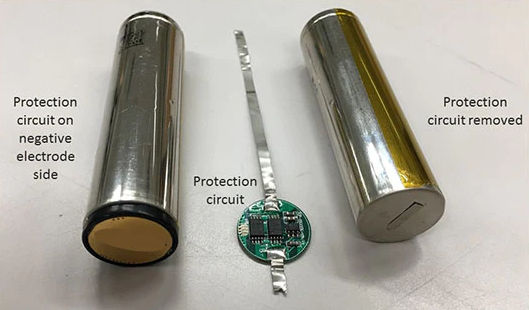

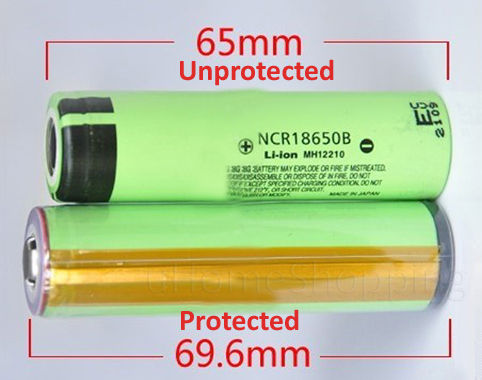
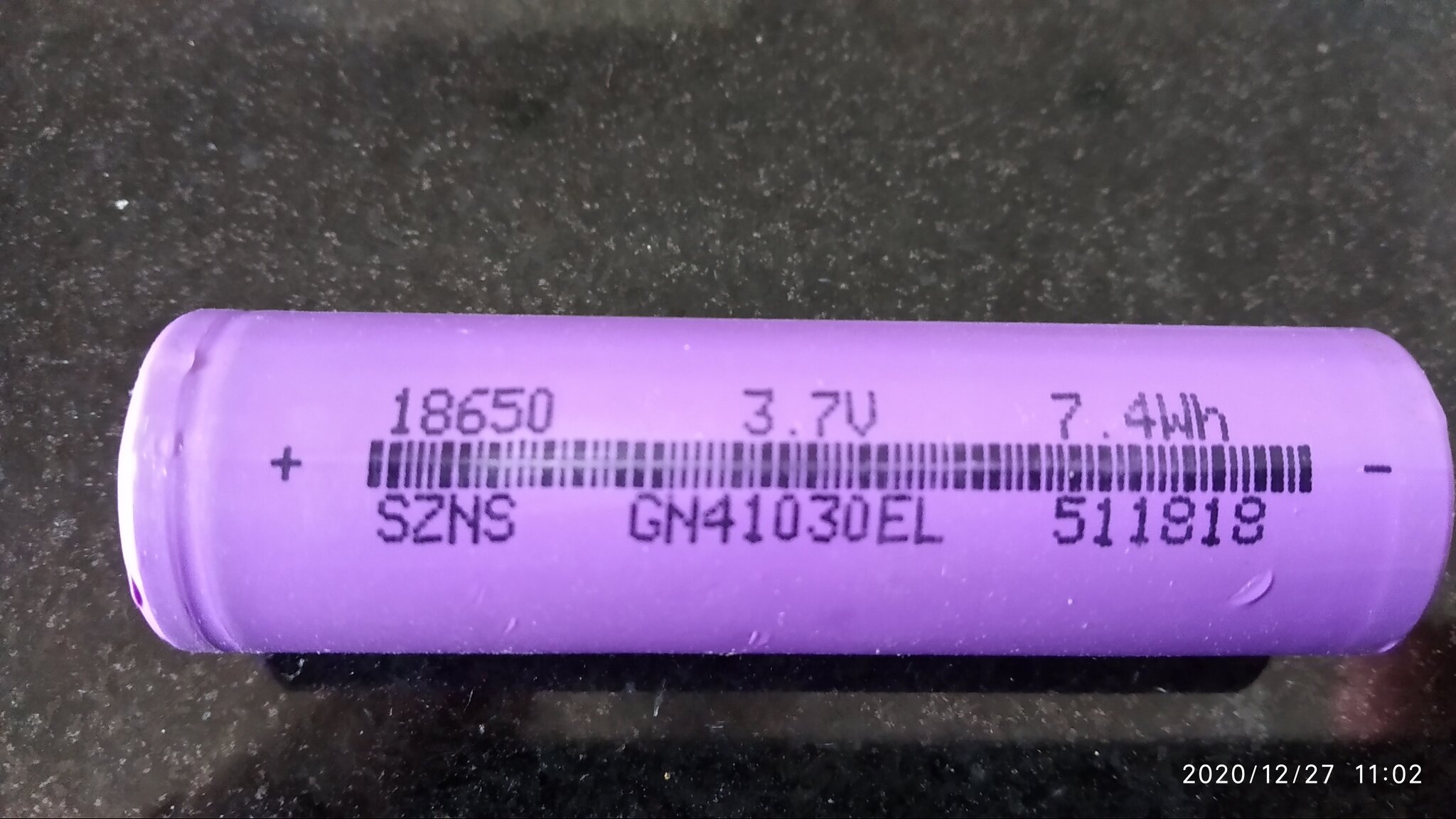
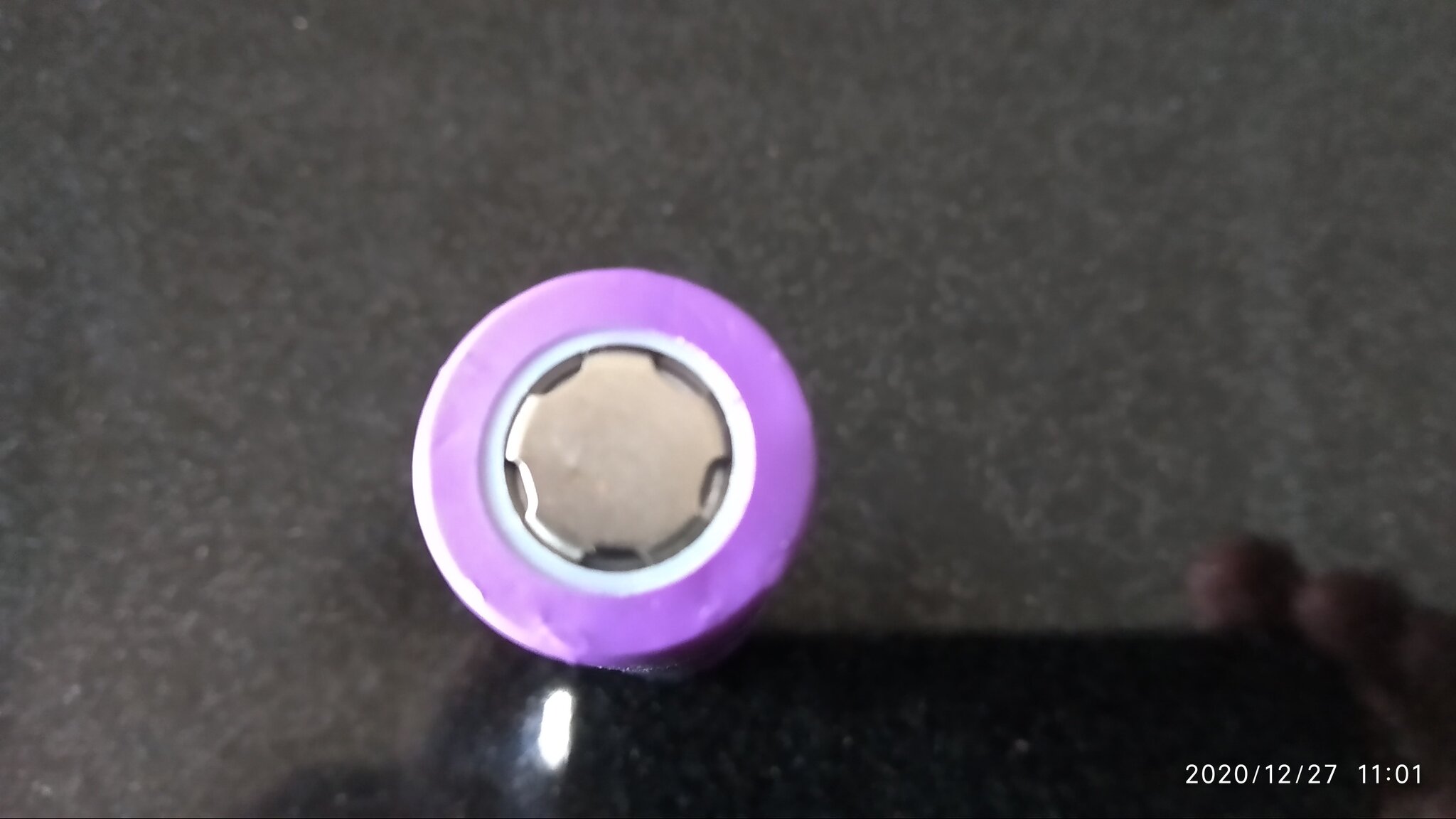

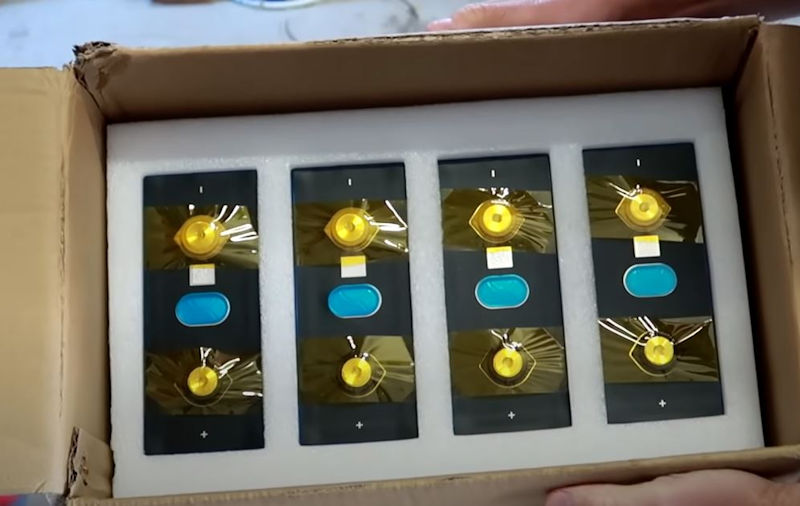
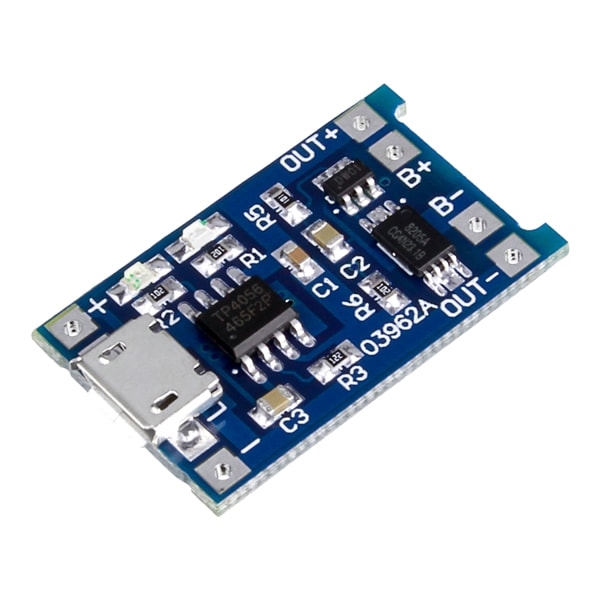
Solar lighting - What do the specs really mean, how much light can I actually expect to get and for how long?
in Alternative/Renewable Energy Forum
Posted
For lights in areas that don't get good sun, you could tune the overall power consumption of your light by changing its current limit resistor.
Replacing the existing 1Ω with a 1.2Ω 5W or even 1.5Ω will lower consumption with some reduction in light level.